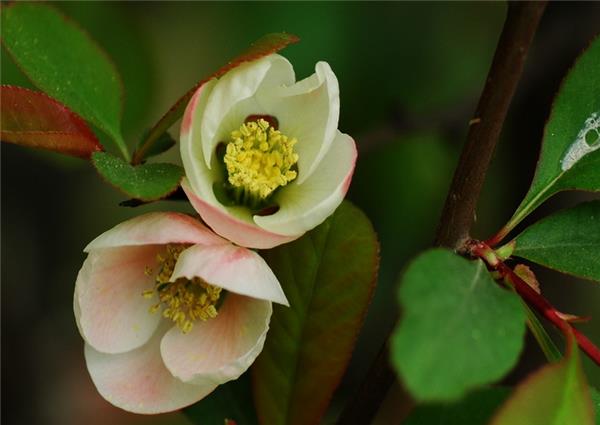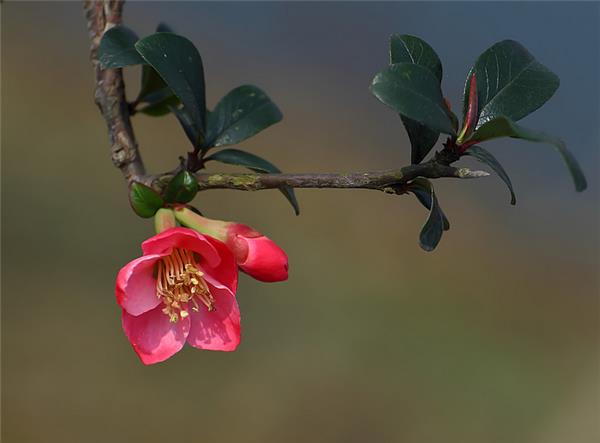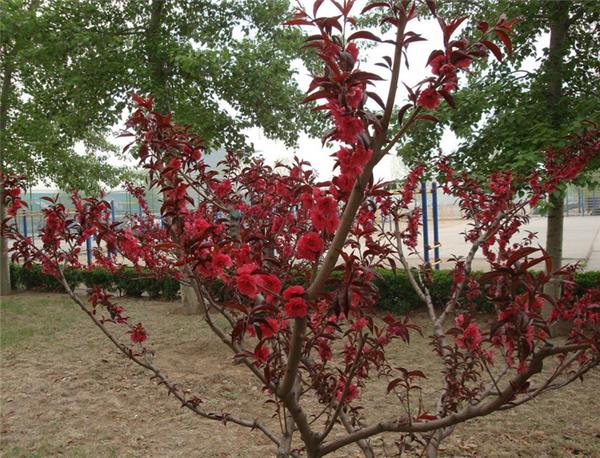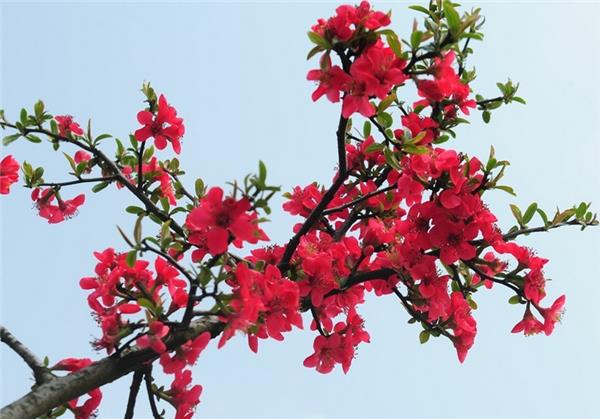The Culture method of Papaya Begonia
Papaya Begonia is a plant of the genus papaya of Rosaceae. It is a small deciduous tree. How to raise it? The following brings you the knowledge of breeding methods and matters needing attention of papaya begonia.

Culture method of papaya Begonia
The best propagation time is before sprouting in early spring or after defoliation in early winter.
The best growing soil: it has wide adaptability to soil, but requires loose soil, good air permeability and low groundwater level.
Growth humidity requirements: like warm, humid and sunny environment.
The best growth temperature: cold resistance, so when the winter is minus 15 degrees crabapple flowers can still grow very well, will not be frozen, can be put outdoors for the winter. However, when the cold is abnormal, protective measures should be taken.
The best growth light: begonia flowers like the sun, suitable for growing in a sunny environment, it will grow badly in a cool place. Family-raised potted plants should be taken care of in a well-lit place when they are in the growing period.

Matters needing attention in the culture of papaya and begonia
1. After the defoliation of papaya and begonia in winter, the plant should be trimmed and shaped once, and the withered branches, weak branches and other branches that affect the shape should be cut off, and more strong branches should be left to make the flowers and fruits fruitful in the coming year.
2. Chaenomeles sinensis is cold-resistant, and it is best to bury the flowerpot underground or put it indoors above 0 ℃. If the temperature is too high, the plant will sprout ahead of time, but it is disadvantageous to the growth of the second year, so the highest temperature should not exceed 10 ℃, so that the papaya crabapple can fully dormancy.

Experience of cultivating papaya and begonia
The transplanting and turning of papaya Begonia should be carried out in early spring, with soil, cut short the main root and leave more lateral roots. Grow in neutral to slightly acidic, loose and fertile sandy soil, and apply rotten cake fertilizer as base fertilizer. Keep the basin soil moist without stagnant water during the growing period and keep it outside in a sunny place after survival. In early April, 0.2% potassium dihydrogen phosphate solution was sprayed on the leaves to make the buds strong and provide adequate nutrition for future flowering and fruiting. As the pot soil is less, nutrients are limited, fruit setting can not be too much, generally leave 3 to 5 fruits in each pot, the rest of the fruit should be removed as soon as possible, so as not to consume too much nutrition and affect the normal growth of the plant. Apply "alum fertilizer and water" once a month to prevent soil Alkalization and make the fruit taste fragrant. In order to keep the shape of the plant graceful, the heart is often picked from the head in the maintenance.
After the defoliation in winter, the plant is pruned once, the withered branches, weak branches and other branches that affect the shape are cut off, and more strong branches are left, so that the flowers and fruits will be abundant in the coming year. Papaya is hardy and can stay outside in the sun and shelter in winter, it is best to bury the flowerpot underground, or it can be placed indoors above 0 ℃. The plant with too high temperature will germinate ahead of time, but it is disadvantageous to the growth of the second year, so the maximum temperature should not exceed 10 ℃ to make the plant fully dormant. Turn the pot every 1 to 2 years in early spring.

This is the end of the introduction of the knowledge about the breeding methods and matters needing attention of papaya and begonia. I hope the above content can be explained to the majority of flower friends.
Related
- Wuhan Hospital Iron Tree Blooming Result Was Instantly Frightened by the Gardener Master
- Which variety of camellia is the most fragrant and best? Which one do you like best?
- What is the small blue coat, the breeding methods and matters needing attention of the succulent plant
- Dormancy time and maintenance management of succulent plants during dormancy
- Minas succulent how to raise, Minas succulent plant pictures
- What are the varieties of winter succulent plants
- How to raise succulent plants in twelve rolls? let's take a look at some experience of breeding twelve rolls.
- Attention should be paid to water control for succulent plants during dormant period (winter and summer)
- Watering experience of twelve rolls of succulent plants
- Techniques for fertilizing succulent plants. An article will let you know how to fertilize succulent plants.



